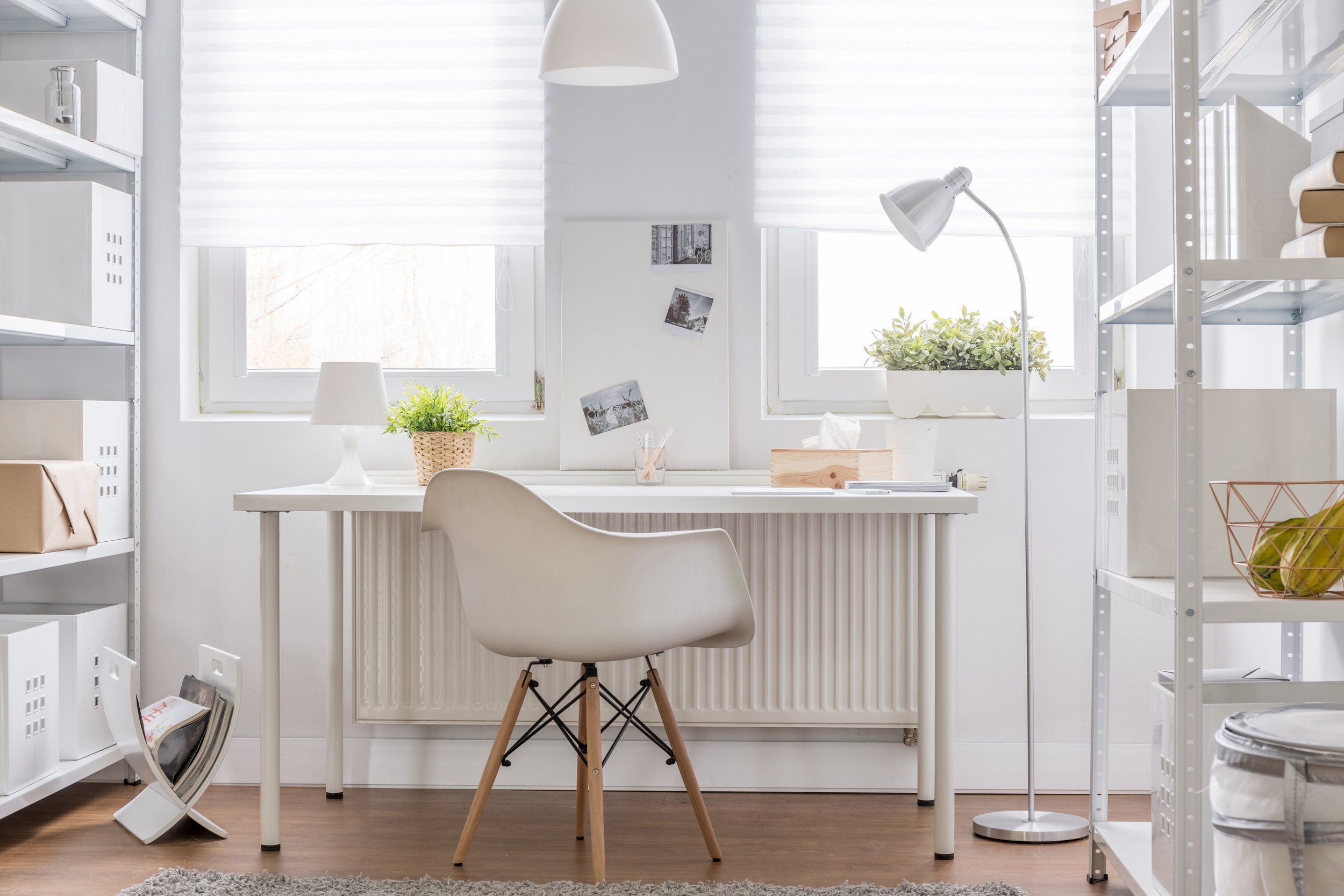How to Eliminate Paper Clutter
Did you know that the average person wastes approximately 150 hours each year searching for misplaced items? With tax day creeping closer and so many of us working from home, an efficient home office has become more important than ever. These simple strategies for decluttering and organizing will help you create boundaries, control home office clutter, and streamline your workspace, saving you time and energy in your daily workflow:
1. Purge: Assess what you truly need to run your household and do your job (it’s less than you think). Hold onto important documents, like receipts for major purchases and medical records, as well as tax returns for the last 7 years. Most of the other paper clutter can be tossed, shredded, or recycled. The Spruce offers more detailed tips on which documents to keep and when to throw away.
2. Create a home for everything: Allocate prime real estate to frequently used items for easy access. Items that aren’t used as often can be stored further away.
3. Put things back: Make it a habit to put things back in their designated places. If you don’t have time immediately, do a quick 5- to 10-minute sweep before closing up for the day.
4. Invest in good storage: Use drawers for supplies and file cabinets for paper to keep your workspace organized. Store paper vertically, rather than flat, to make it more accessible. It is easier for your brain to process files than piles!
5. Minimize desk clutter: Only keep items you are currently working on on your desk to avoid unnecessary distractions.
6. Don’t bring paper in: Place a recycle bin close to where you receive mail, so that you can easily dispose of unwanted paper before it ever lands on your desk.
7. Stop junk mail: Use a service, like PaperKarma, to stop junk mail once and for all. You can use the code “LIFE20” for 20% off. There are also services to help you manage more specific types of junk mail, such as OptOutPrescreen.com for credit card offers, DMAchoice for direct mail, and Catalog Choice for catalogs.
8. Organize for action: Keep papers that require action in a desktop file box, and long-term archival documents in a file drawer, to separate them and keep yourself organized.
You may be surprised to find that these straightforward strategies make it much easier to control home office clutter and enhance your productivity. However, if you need some extra support to reclaim your workspace and control the paper clutter, don’t hesitate to book a session with us.

